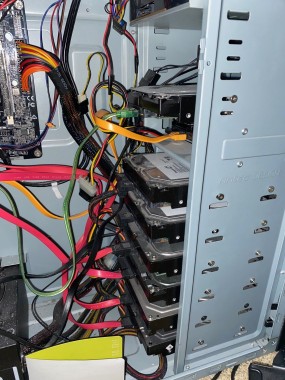[Question] What to spend money on for server upgrade?
I’ve been running a headless Ubuntu server for about 10 years or so. At first, it was just a file/print server, so I bought a super low power motherboard/processor to cut down on the energy bill. It’s a passively cooled Intel Celeron J3455 “maxed out” with 16BG of RAM.
Since then it’s ballooned into a Plex/Shinobi/Photoprism/Samba/Frigate/MQTT/Matrix/Piwigo monster. It has six drives in RAID6 and a 7th for system storage (three of the drives are through a PCI card). I’m planning on moving my server closet, and I’ll be upgrading the case into a rack-mount style case. While I’m at it, I figured I could upgrade the hardware as well. I was curious what I should look for in hardware.
I’ve built a number of gaming PCs in the past, but I’ve never looked at server hardware. What features should I look for? Also, is there anything specific (besides a general purpose video card) that I can buy to speed up video encoding? It’d be nice to be able to real-time transcode video with Plex.




Add comment